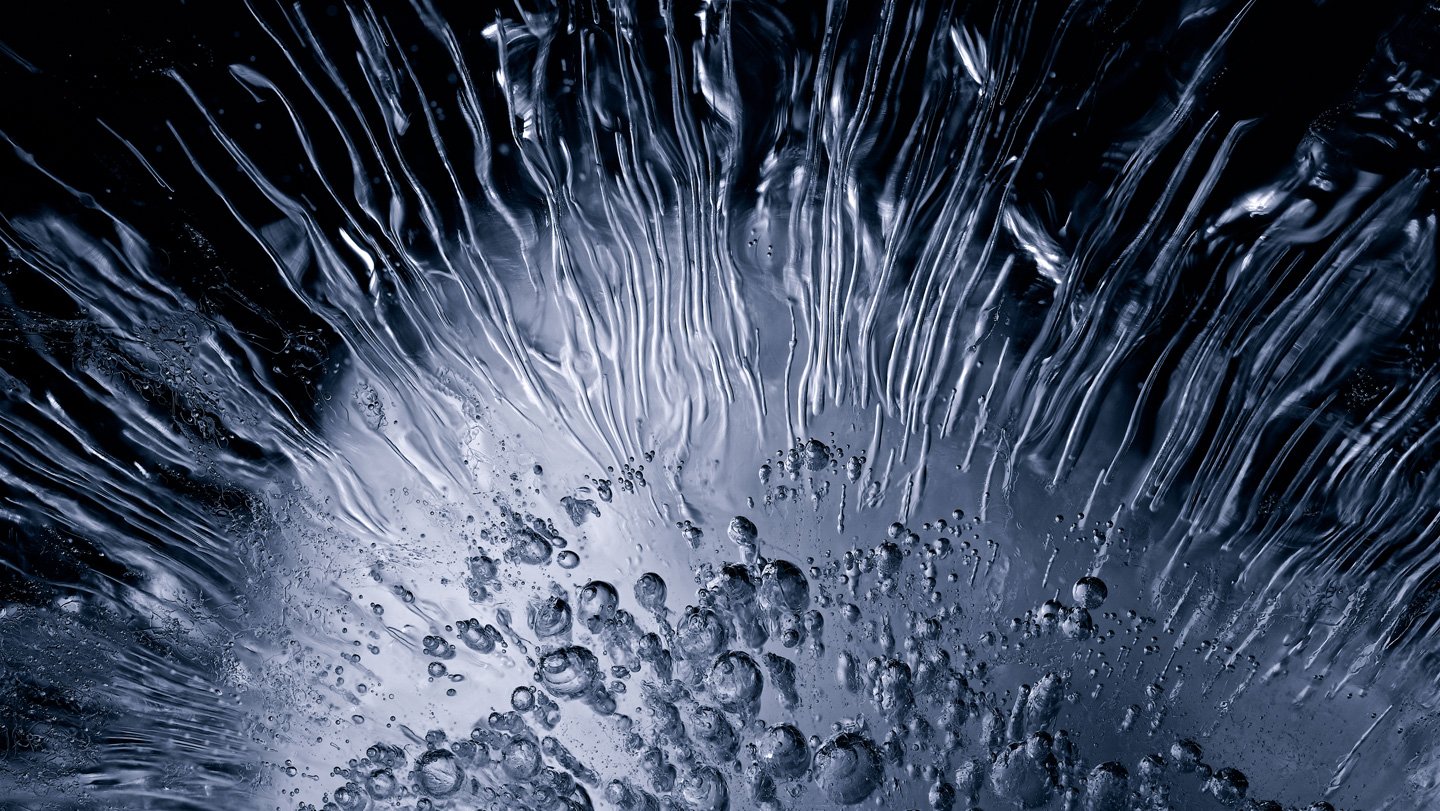Salt, ice and some oomph — these three simple ingredients are all that’s needed to make waste-free electricity, researchers report September 15 in Nature Materials. Straining a single cone-shaped piece of ice that’s slightly smaller than a black peppercorn and 25 percent salt by weight can output about 1 millivolt, while an array of 2,000 cones could produce 2 volts, or enough electrical potential to power a small red LED.
The findings powerfully demonstrate the flexoelectric effect, a phenomenon where electricity is generated through the irregular deformation of a solid material. While the flexoelectricity produced by most materials is too weak for practical electrical systems, salted ice could someday provide a renewable source of energy.
Earlier this year, experimental physicist Xin Wen coauthored a study showing that pure ice is faintly flexoelectric, which may explain how frozen particles in thunderstorms give rise to lightning. But “in nature, ice almost always contains impurities,” so it makes sense to investigate how a common impurity like salt affects things, says Wen, who began this work while at the Xi’an Jiaotong University in China.
Wen and colleagues froze saltwater in silicone molds to produce two shapes: a cone and a curved beam. They then used a specialized machine to repeatedly bend the briny casts and measured the electrical charge. The cones were able to withstand larger forces than the beams and produce greater voltages. Moreover, smaller cones were able to sustain greater amounts of strain relative to their size than larger cones. Assembling arrays of many small cones could be a way to amplify the total power output, Wen says.
This phenomenon occurs because extremely thin layers of liquid brine exist within the solid ice, between individual ice grains. Bending the ice creates a pressure gradient, causing the brine to flow toward areas of lower pressure. Since the salty liquid contains positively charged particles called cations, the streaming fluid generates an electric current.
While it seems feasible that saline ice could be used in inexpensive sensors or energy-harvesting devices in cold locations, “we are still far from powering everyday devices,” says Wen, now at the Catalan Institute of Nanoscience and Nanotechnology in Barcelona. “At this early stage, it might take a cube of salty ice tens to a hundred square meters in size just to charge a smartphone,” he says, though hopefully further research will dramatically reduce that size.







